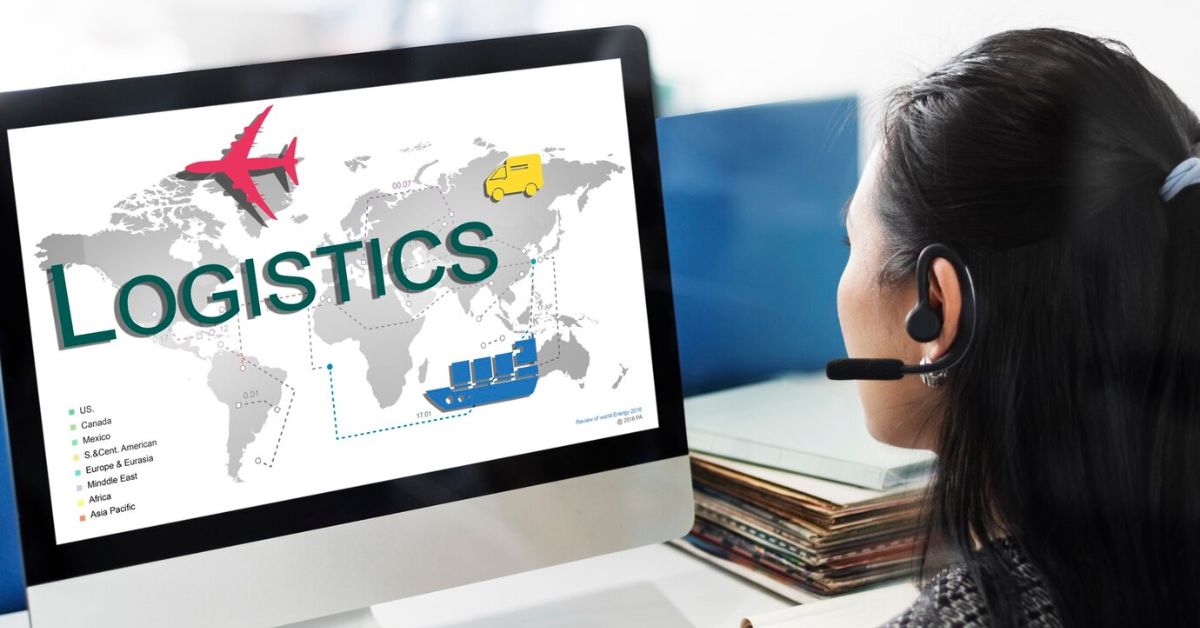Optimizing global supply chains requires modern enterprise shipping practices that enhance efficiency, reliability, and sustainability. Businesses leverage real-time tracking, automated logistics, and AI-driven analytics to streamline operations and reduce delays. Predictive forecasting helps manage inventory effectively, preventing shortages and excess stock. Sustainable shipping solutions, such as eco-friendly packaging and fuel-efficient transportation, minimize environmental impact. Strong partnerships with logistics providers and adaptive strategies ensure resilience against disruptions. By integrating these innovations, companies can maintain a competitive edge while meeting evolving consumer and regulatory demands in a global marketplace.
Introduction
Maintaining a robust global supply chain is a cornerstone for ensuring business success in an era where global connections are becoming increasingly vital. Enterprises worldwide strive to deliver goods efficiently, effectively, and swiftly to meet consumers’ ever-growing demands. Modern shipping practices are essential in achieving these goals, ensuring that logistics operations are not a bottleneck but a streamlined and integrated part of the business ecosystem. As we explore the realm of enterprise shipping, it’s crucial to recognize how these practices support logistics and profoundly impact the overall supply chain resilience for enterprises.
This article dissects various facets of contemporary shipping strategies and their pivotal role in empowering global supply chains. Whether embracing technological innovations or adopting sustainable practices, we aim to shed light on the pathways that can guide enterprises in refining their logistical prowess. By uncovering these insights, businesses can effectively cut costs while gearing to thrive in a landscape fraught with global challenges and opportunities.
Essential Components of Enterprise Shipping
The efficiency of enterprise shipping is deeply rooted in a well-orchestrated system that harmonizes transportation management, warehousing, and inventory oversight. These essential elements are the foundation for a smooth product flow from producers to final customers. Integrating sophisticated systems into these elements ensures businesses can meet and exceed customer expectations. With enhanced accuracy in inventory management and streamlined warehousing operations, enterprises can significantly cut down lead times, reduce overhead costs, and facilitate a more agile supply chain that responds adeptly to consumer demand fluctuations.
Technological Innovations in Shipping
Technology stands at the forefront of the logistics revolution, profoundly reshaping shipping landscapes across the globe. Groundbreaking innovations like the Internet of Things (IoT) and Artificial Intelligence (AI) pave the way for more sophisticated monitoring and management of shipping processes. With real-time tracking and advanced predictive analytics, businesses can unlock unprecedented visibility into their logistics operations. By tapping into logistics tech news, companies gain access to cutting-edge tools and insights, enabling them to make well-informed choices that improve the efficiency of the supply chain. Such technological leaps facilitate better route planning, congestion management, and even predictive maintenance of fleets, amplifying the efficiency and reliability of enterprise shipping.
Cost-Reduction Strategies in Shipping
Pursuing cost-efficiency remains a continual focus for enterprises seeking to optimize their shipping practices. Adopting automation and strategic route optimization are twin pillars that help reduce shipping expenses while maintaining high service standards. Automation removes the propensity for human error, enabling faster, more accurate processes while lowering labor costs. With optimization tools that calculate the most efficient delivery routes, enterprises can minimize fuel consumption and fleet wear and tear. These cost-reduction measures empower companies to reallocate savings into growth-driving initiatives, enhancing their competitive stance in the global marketplace.
The Push for Sustainability
The modern era places an unparalleled emphasis on sustainability, pushing enterprises to incorporate eco-friendly practices into their shipping protocols. This shift is critical for environmental preservation and aligning with consumer expectations for responsible practices. Enterprises are adopting green innovations such as using electric vehicles and sophisticated route optimization software to reduce carbon emissions. Reports from sustainable shipping innovations indicate that these environmentally conscious strategies quickly gain traction, providing observable advantages like lower operating expenses and enhanced brand recognition. As regulatory demands for sustainability intensify, those enterprises leading the way in green logistics stand to gain substantial competitive advantages.
Strategic Partnerships in Logistics
Forging robust partnerships with third-party logistics providers (3PLs) can bolster a company’s shipping efficiency. These alliances offer specialized knowledge that can elevate an enterprise’s logistical capabilities beyond its inherent capacity. Strategic collaborations pave the way for heightened flexibility and responsiveness within the supply chain, enabling smoother adaptation to market changes and demands. Businesses can improve delivery performance, service levels, and customer happiness while optimizing their cost structure by utilizing the infrastructure and experience of third-party logistics (3PLs).
Case Study: Successful Global Supply Chains
Examining the supply chain models of industry forerunners provides invaluable lessons for enterprises looking to upgrade their logistical practices. Companies renowned for their efficient global supply chains often embody a profound ingenuity in integrating technology, forging strategic partnerships, and maintaining sustainability commitments. These leaders have crafted agile, precise, resilient supply chains amidst market fluctuations. Studying these exemplary frameworks offers actionable insights into the practices that elevate operational excellence, providing a roadmap for other businesses aiming to refine their supply chains and achieve similar levels of success.
Challenges and Solutions in Modern Shipping
Shipping enterprises encounter numerous hurdles, from fluctuating fuel prices to intricate regulatory compliance requirements. Yet, a proactive approach to problem-solving remains a potent antidote. Implementing advanced technology solutions can mitigate such challenges, offering greater control and visibility. Bridging the gaps in shipping procedures requires a company culture focused on innovation and constant development. By systematically identifying and addressing these challenges, businesses fortify their supply chains, ensuring readiness and resilience amidst the dynamic landscape of global logistics.
Conclusion
Enterprise shipping practices are indispensable for honing and sustaining robust global supply chains. By embracing modern methodologies, enterprises can enhance logistical efficiency and fortify themselves against industry upheavals. Continuous innovation and strategic alignment will keep businesses at the forefront as they maneuver through the complexities of global logistics, ensuring long-term success and adaptability in an ever-evolving market environment.











